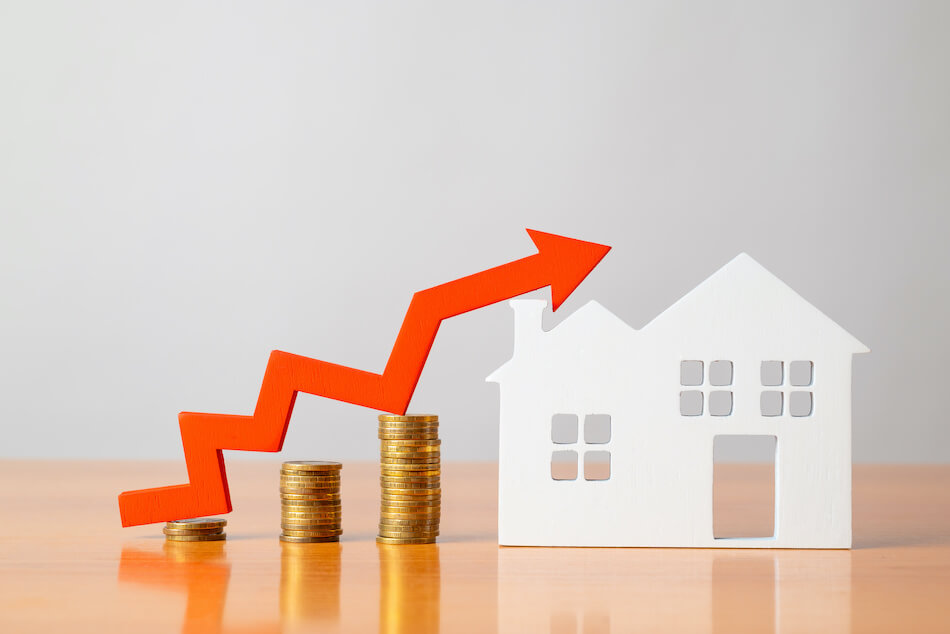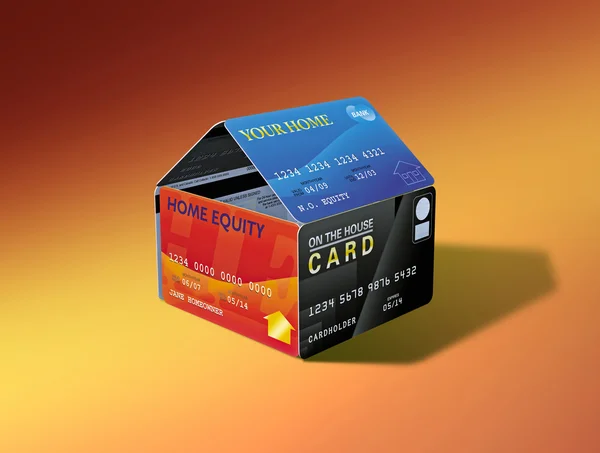Table Of Content

Say your home is worth $350,000, your mortgage balance is $200,000 and your lender will allow you to borrow up to 85% of your home’s value. Multiply your home's value ($350,000) by the percentage you can borrow (85% or .85). That gives you a maximum of $297,500 in value that could be borrowed. Subtract the amount remaining on your mortgage ($200,000), and you'll get the approximate maximum sum you can borrow as a home equity loan — in this case, $97,500. According to property data provider CoreLogic, homeowners with mortgages across the U.S. saw an increase of nearly 16% in their equity year over year in 2022.
Why you should get a home equity loan in 2024 - CBS News
Why you should get a home equity loan in 2024.
Posted: Fri, 29 Mar 2024 07:00:00 GMT [source]
Using a HELOC

Each month, you make mortgage payments that decrease the amount you owe on your loan. Amortization is the act of paying off debt, in this case your home loan, in equal installments over the term of the loan. Equity in a house is initially obtained with the down payment that you make when you buy the property. After that, your equity continues to grow as mortgage payments are made. That's because a portion of each payment is applied to the outstanding principal that you owe. Get Forbes Advisor’s ratings of the best mortgage lenders, advice on where to find the lowest mortgage or refinance rates, and other tips for buying and selling real estate.
How to Calculate Your Home Equity
If the home's market value had also increased by $100,000 over those two years, you would then have $175,000 in home equity. Learn more about the factors to weigh as you decide if refinancing your mortgage is the right choice for you. To do this, look at the sale prices of similar homes that have sold near you.
Apply for DOJ Funding Opportunities to Enhance Services for Victims of Human Trafficking
This means borrowing 100% of your HELOC limit may not have the same negative effect as maxing out your credit card. Like any line of credit, a new HELOC on your report will likely reduce your credit score temporarily. However, if you borrow responsibly — making timely payments and not utilizing the full credit line — your HELOC could help you build your credit score over time. A HELOC has two phases, known as the draw period and the repayment period. If you don’t want to hassle with making two monthly payments, a cash-out refinance can be an excellent alternative to a home equity loan. This is because you’ll refinance your existing mortgage into a new mortgage via the cash-out refinance.
5 smart ways to use your home equity in 2024 - CBS News
5 smart ways to use your home equity in 2024.
Posted: Wed, 03 Jan 2024 08:00:00 GMT [source]

In FY 2024, $18 million in TVTP grants are available for such projects run by state, local, tribal, and territorial government agencies, nonprofits, and universities. The applications must be submitted through FEMA GO by May 17, 2024. The U.S. Secret Service National Threat Assessment Center (NTAC) is pleased to offer new opportunities to attend live virtual presentations on preventing targeted violence. This list of available virtual training events is regularly updated, and presentation topics change from month to month. AI-powered legal analytics, workflow tools and premium legal & business news.
If you’re buying an investment property, you might consider taking out a hard money loan. This type of loan is short-term, asset-based financing—meaning it’s secured by real property. To be eligible, the property you’re purchasing typically must be distressed and in some stage of disrepair.
Industry Products
A HELOC is a revolving line of credit, much like a credit card, that you can draw on as needed, pay back, and then draw on again, for a term determined by the lender. The draw period (five to 10 years) is followed by a repayment period when draws are no longer allowed (10 to 20 years). HELOCs typically have a variable interest rate, but some lenders offer HELOC fixed-rate options.
The information provided by you to Quicken Loans is not an application for a mortgage loan, nor is it used to pre-qualify you with any lender. Quicken Loans does not offer its matching services in all states. This loan may not be available for all credit types, and not all service providers in the Quicken Loans network offer this or other products with interest-only options. The information that we provide is from companies which Quicken Loans and its partners may receive compensation. This compensation may influence the selection, appearance, and order of appearance on this site.
Home improvements can add value to your home and increase equity
Remortgaging to release equity allows you to raise funds by accessing some of the value that’s built up in your home. But as there is no guarantee that such projects will increase the value of your home, it’s always worth considering if you want these improvements for yourself. When it comes to valuing your home, you could research the recent sold prices of similar properties in your area or arrange for an estate agent to give you a valuation.
With a reverse mortgage, your loan amount is based on the amount of equity you have in your home. If you have an existing mortgage, the proceeds of the loan are used to pay it off. The remaining balance is available for you to use as you see fit.
You might also pay down any larger balances, which has the added benefit of improving your debt-to-income ratio. A home equity loan is one way to tap into your home's value without having to sell it. As you make mortgage payments on the property and its value appreciates with time, the share of the home that you actually own — your equity — grows. By taking out a home equity loan, you convert that equity back into debt in exchange for cash. As you make payments toward the principal balance, your share of ownership grows and the lender’s share shrinks. Building home equity is a bit like investing in a long-term instrument, like bonds.
Another common way homeowners can increase their home equity is by making renovations to their home. These renovations could be anything from building a larger living room or bedroom to adding a bathroom. Various upgrades to a home can also boost equity, like upgrading kitchen countertops or flooring and adding new sinks and showers in bathrooms.
In general, you can calculate your home equity by subtracting the amount you owe on your mortgage from the appraised value of your home. Home equity is the difference between the appraised value of your home and the amount you still owe on your mortgage. The greater your home equity, the easier it is to qualify for other financing like home equity loans and home equity lines of credit. Luckily, calculating home equity is straightforward, and there are steps you can take to increase your equity. It’s low at first and then increases over time as you pay down more of the principal on your mortgage.
With all this extra home equity, many homeowners have the option to unlock cash that they need—without having to sell their homes or take out expensive personal loans. Instead, they can tap into their equity through a home equity loan, a home equity line of credit (HELOC), or a cash-out refinance. Home equity loans provide a single lump-sum payment to the borrower, which is repaid over a set period of time (generally five to 15 years) at an agreed-upon interest rate. The payment and interest rate remain the same over the lifetime of the loan. The loan must be repaid in full if the home on which it is based is sold.

No comments:
Post a Comment